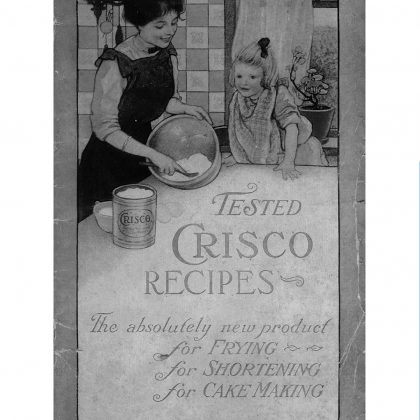Reassessing the First Red Scare of 1919-20 at its Centennial
This blog accompanies the recent special issue on this topic from the Journal of the Gilded Age and Progressive Era.
Historian Bob Murray had a problem. It looked like, with a young family to support, his career might end just a few years after it had begun. It was 1952, the peak of the Second Red Scare, and Murray was an assistant professor at Penn State. He was getting ready to publish his dissertation on the repression of the First Red Scare of 1919-20 as a book, and the project had raised suspicion. It would be the first book-length study of this phenomenon, a project of indisputable importance. Both his dean and department chair told Murray that men had been asking questions about him. His parents let him know that the same was happening in the neighborhood where he grew up. He recalled, many years later, that he had colleagues who lost their jobs because they had gone to Communist Party meetings during the Great Depression. Incredibly, Little, Brown & Company agreed to publish the manuscript. In 1953, revisions now finished, the publisher canceled the book.
Murray’s career did survive the Second Red Scare, though he was never sure why. Because he had served as an intelligence officer in World War II? Because he was an elder in his church? Fifty years later, he was still guessing. The inaugural study of the First Red Scare, produced during the second, also made it. As Senator Joe McCarthy’s allies began to desert him as the public soured on his excesses in 1954, University of Minnesota Press expressed interest in the book and published it the next year. Murray later learned that liberal U.S. Senator (and eventually Vice President) Hubert Humphrey of Minnesota encouraged the press to take a chance on the book. Red Scare: A Study in National Hysteria, 1919-1920 became a McGraw-Hill paperback in the 1960s and saw wide use for years.[1] You should not have trouble finding a used copy – and I urge you to read it. The book is still a model of conveying the urgency of the past as a warning of the dangers to civil liberties in the present. Scholars have continued to evolve our understanding of many aspects of the era, but none have attempted to replace Murray’s book.
The time has come to take stock of both our historical understanding of the First Red Scare and what it means for us today. The January 2019 issue of The Journal of the Gilded Age and Progressive Era, which I had the honor to guest edit, is the first substantial scholarly collaboration entirely focused on the Red Scare of 1919-20 and marks the onset of its centennial by uniting exciting and recent, but previously disparate, perspectives. The issue broadens our view of this crisis and its impact, reaching beyond Murray’s book in many directions. The authors examine how African Americans, conservatives, feminists, immigrants, progressives, revolutionaries, and striking workers both shaped and were impacted by the First Red Scare while also tracing overlap and crucial connections between these groups as well as suggesting new ways of seeing them. These essays capture the breadth of the First Red Scare in both its national and global reach, its immediacy in local life, and its transformation over time within its moment as well as in strands of continuity reaching beyond the period to the headlines that alarm us today.
Read all articles in the special issue Reassessing the Red Scare of 1919–20 at its Centennial
Articles in the issue:
- Introduction: Reassessing the Red Scare of 1919–20 at its Centennial, Adam J. Hodges
- Against Intolerance: The Red Scare Roots Of Legal Liberalism, Laura Weinrib
- Expelling the Foreign-Born Menace: Immigrant Dissent, the Early Deportation State, and the First American Red Scare, Emily Pope-Obeda
- New Women in Red: Revolutionary Russia, Feminism, and the First Red Scare, Julia L. Mickenberg
- Understanding a National and Global Red Scare/Red Summer through the Local Invention of Solidarities, Adam J. Hodges
[1] Biographical material from Lee W. Formwalt, “Robert Murray’s Two Red Scares,” OAH Newsletter (Nov. 2003): 4
Main image credit: Part of Advertisement in Moving Picture World, May 1919 for the American drama film Bolshevism on Trial (1919).







CAN’T wait to do research very interesting.